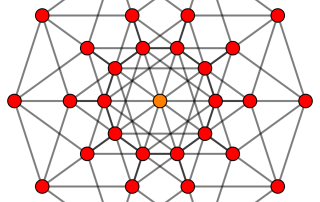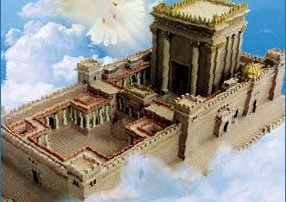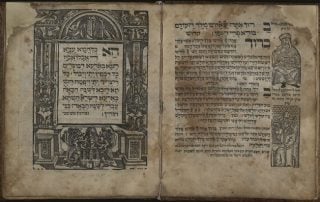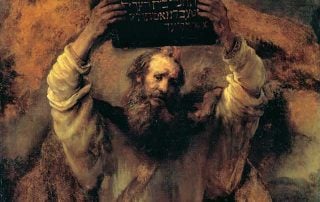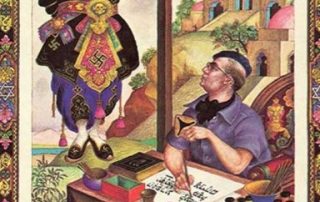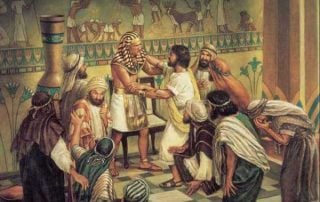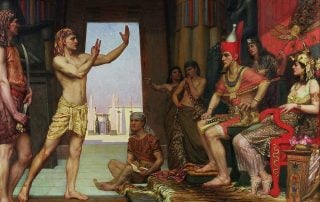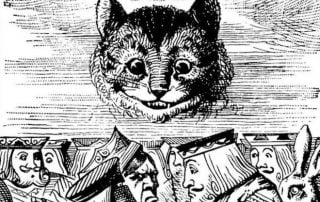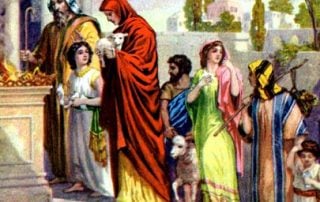Scientists are Clarifying Witnesses
Listen, O heavens, and I will speak! And let the earth hear the words of my mouth! (Deut. 32:1) In this Torah portion Haazinu, Moses appeals to heavens and earth as witnesses. However, a few verses later, he extorts the Jewish people: “Ask your father, and he will tell you; your elders, and they will inform you” (Deut. 32:7) as if to confirm the testimony of heavens and earth. Why wasn’t the testimony of heavens and earth enough? Why did their testimony need to be corroborated by “your father” and “your elders”? The Lubavitcher Rebbe The Lubavitcher Rebbe, Rabbi Menachem Mendel Schneerson, in one of his talks (see R’ Schneerson, M.M. Likute Sihot (Brooklyn, NY: Vaad L’Hafotzas Sichos, 1998) v. XIX, Devorim, pp. 188-196) discusses the Talmudic concept of two types of witnesses: [...]




